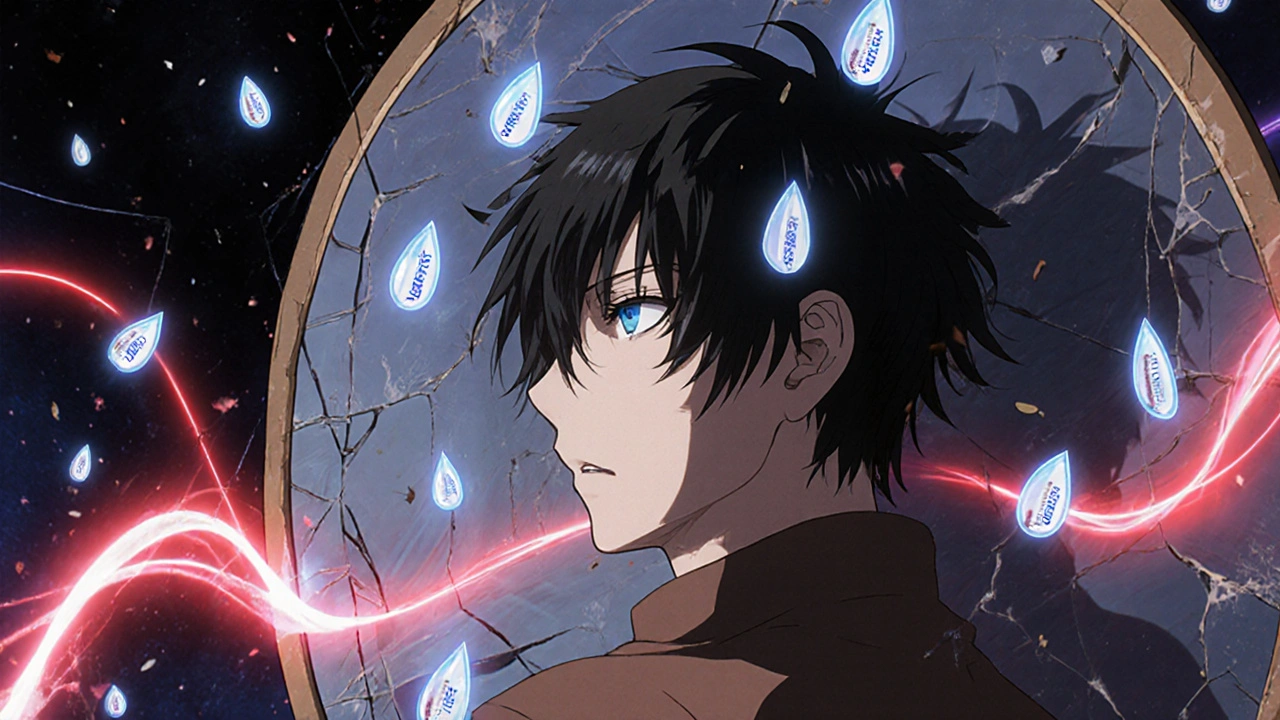
Rogaine: What It Is, How It Works, and Alternatives That Actually Help
When you’re losing hair, time feels like it’s running out. Rogaine, a topical treatment containing minoxidil, is one of the few FDA-approved options proven to slow hair loss and regrow thinning hair. Also known as minoxidil, it’s been used for decades by millions trying to hold onto their hairline or thicken what’s left. Unlike pills or surgeries, Rogaine is simple: apply it to your scalp daily, stick with it, and wait. No needles. No recovery time. But it’s not magic—most people see results after 4 to 6 months, and if you stop using it, the hair you gained usually falls out again.
Rogaine works best for male pattern baldness, a genetic condition where hair follicles shrink over time due to hormones. It doesn’t fix every kind of hair loss. If your hair is falling out because of stress, illness, or a nutrient deficiency, Rogaine won’t fix that. But if your hairline is receding or your crown is thinning because of heredity, this is one of the few treatments that actually has data behind it. The 5% strength is more effective than the 2% version, especially for men. Women often use the 2% formula, though some doctors prescribe 5% off-label with good results.
What you won’t find in the bottle is a cure. Rogaine doesn’t rebuild dead follicles. It wakes up dormant ones. That’s why consistency matters more than intensity. Miss a few days? You might not notice right away, but over time, the effect fades. And while it’s safe for most people, some get scalp irritation, itching, or even unwanted facial hair. It’s not for everyone, but for the right person, it’s a game-changer.
There are other options. Finasteride (Propecia) is an oral pill that blocks the hormone behind male pattern baldness. It works differently than Rogaine and often gives stronger results—but comes with potential side effects. Laser caps, platelet-rich plasma (PRP) injections, and even low-level light therapy are gaining traction, but none have the same track record. Some people use Rogaine and finasteride together for a one-two punch. Others switch to Rogaine after trying pills that didn’t sit well. There’s no single answer, but knowing how Rogaine fits into the bigger picture helps you make smarter choices.
Below, you’ll find real comparisons between Rogaine and other treatments people actually use. No fluff. No hype. Just what works, what doesn’t, and what to watch out for when you’re trying to get your hair back.
